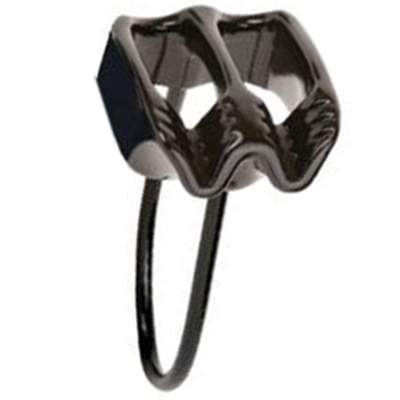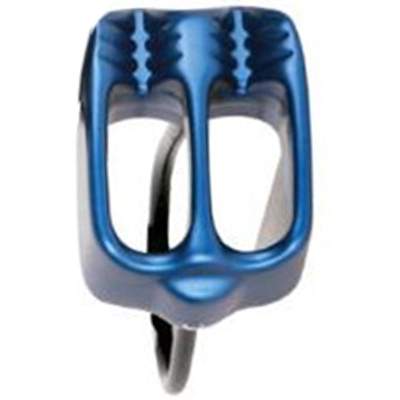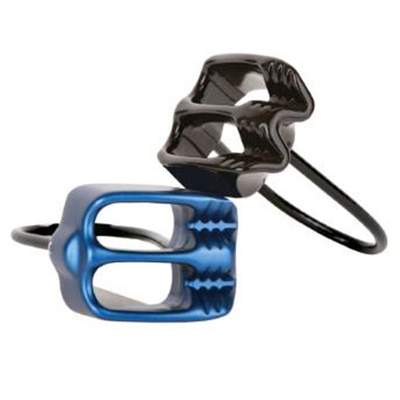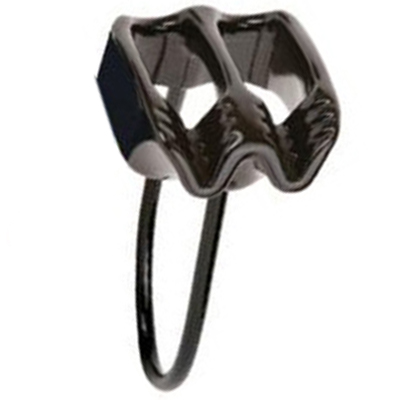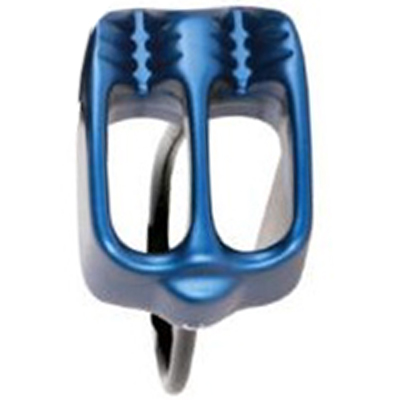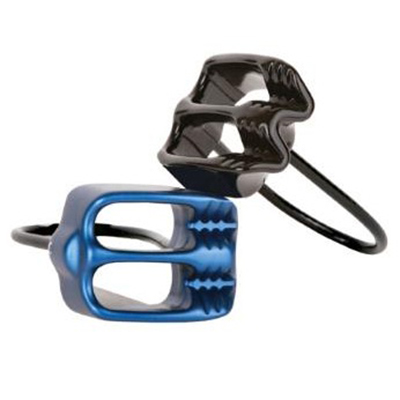Paradox
Description
The world's got plenty of good belay devices; it fell to the Mad Scientists to make a better one. The Mad Rock Paradox features a forged and machined asymmetric aluminum tube-style body that regulates the rope friction depending on its orientation. Anodized for corrosion resistance and stylin' good looks and a rigid coated steel cable for safety and durability. Feeds quickly, yet locks off tightly - a Paradox we can understand.
Retail price
This Product is Hard to Find.
We don’t know where you can buy this item online in the US. We’ll continue to check all the major retailers and will update this page as soon as we find one.
If you know where to find this online in the US, let us know, and we’ll add the link.
Device Type  |
Tube |
Weight (g)  |
68 g |
Belay Brake Assist  |
No |
| Rope Options | 1 or 2 ropes |
Guide Mode  |
No guide mode |
Teeth  |
Yes |
Rope Range (mm)  | 7.0 mm - 10.0 mm |
Certification  |
|
No reviews yet.
If you know of a good product video that should be here, let us know, and we'll put it up.
If you're looking for gear videos in general, check out our Vimeo and YouTube channels to see the newest gear.

